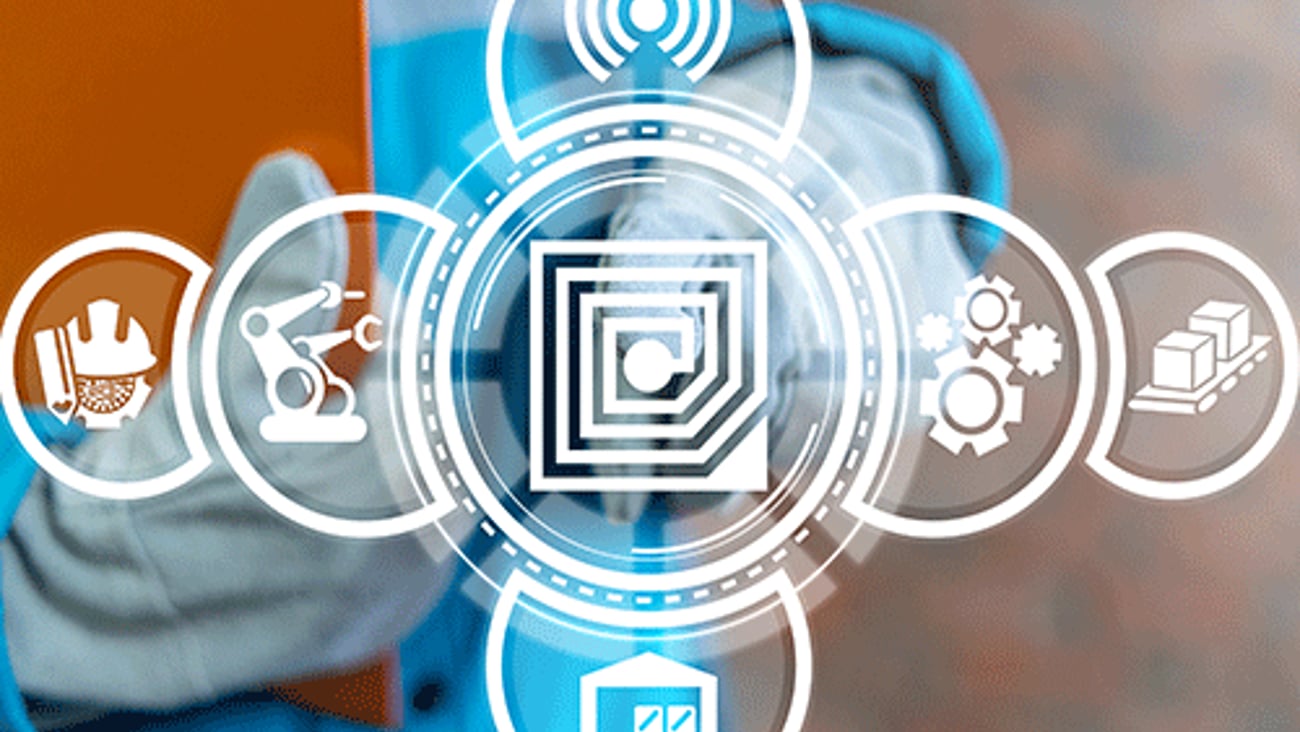Instacart ups its game
Instacart’s technology efforts have elevated it to a level where it has some lofty company.
Instacart, which has been taking steps in the past year suggesting it wants to join major technology providers such as Amazon, Apple, Google and Facebook, has now evolved into an omnichannel tech platform. No single initiative has placed Instacart into this category, but three crucial moves in the past year-and-a-half have brought Instacart to this point:
Step 1. Making it public
In May 2022, Instacart CEO Fidji Simo marked Instacart’s 10th anniversary by publicly outlining the company’s strategy for the next 10 years (and also filing for a possible IPO).
Saying grocery is ready for its “next, tech-enabled chapter,” Simo stated that “the future of grocery belongs to those that invented it — not tech goliaths or newcomers trying to drive grocers out of business.” This was likely a shot at Amazon, a company Simo credited for understanding the importance of technology to retail better than anyone while also commenting online grocery is the biggest retail category not currently dominated by Amazon.
“Our vision is to build the technologies that can power every single grocery transaction,” said Simo. “And by doing so, we believe we can help our partners effectively compete and invent the future of grocery together.”
For grocery retailers, Simo said Instacart will provide the latest innovations and insights in e-commerce, fulfillment, in-store, and advertising, to enable them to build the “store of the future.” And the company has since put those words into action.
Step 2. Bringing it all together – part 1
In March 2022, Instacart began moving forward with the plan outlined by Simo by rolling out a new feature called Instacart Platform, which offers a range of enterprise technologies retailers can use a la carte or as a suite.
Instacart Platform is comprised of e-commerce storefronts and fulfillment solutions custom-built for grocers, as well as digital integrations and connected hardware to enhance the brick-and-mortar store experience, from scanless carts to technology that helps manage operations.
[Read more: Instacart launches Amazon-style e-commerce platform]
The platform also includes advertising solutions and data tools, as well as a full-stack warehouse solution designed to enable end-to-end fast delivery solutions customized to retailer needs.
Step 3. Bringing it all together – part 2
Earlier in September, Instacart unveiled Connected Stores — a bundle of new and existing Instacart Platform technologies intended to help grocers build a unified, seamless and personalized experience — online and in-store.
[Read more: Instacart offers full omnichannel experience with in-store platform]
Connected Stores includes the newest model of Caper Cart, an AI-powered smart cart Instacart acquired in October 2021 which is equipped with scales, sensors, touchscreens, and computer vision technology. It also offers a scan & pay feature which lets customers scan items as they shop and pay for them using their mobile phone; and Carrot Tags, which enable retailers to connect electronic shelf labels to Instacart Platform to add functionality such as pick-to-light capabilities and product information display.
Other Connected Stores features include the FoodStorm order management system (OMS), which Instacart acquired in October 2021, and an API that helps retailers provide automatic, real-time alerts to associates when items are running low or out of stock.
During a virtual Connected Store demo conducted for Chain Store Age, David McIntosh, VP of Connected Stores for Instacart, discussed how Connected Stores is part of the company’s “natural evolution” as a technology platform.
“Act one was delivery,” said McIntosh. “We want to take some things into the stores and be a technology provider for retailers as part of a long-term shift.”
Future possibilities
By combining all of this omnichannel commerce, fulfillment, and analytical offerings with its core online delivery solution, Instacart is definitely in act two as a tech platform.
While the company is not providing details of what its continued “long-term shift” may entail, some possibilities could include a mobile wallet, metaverse presence (such as virtual shopping or an NFT offering), and/or expansion of its shoppable recipe platform to a full-scale livestream platform.







